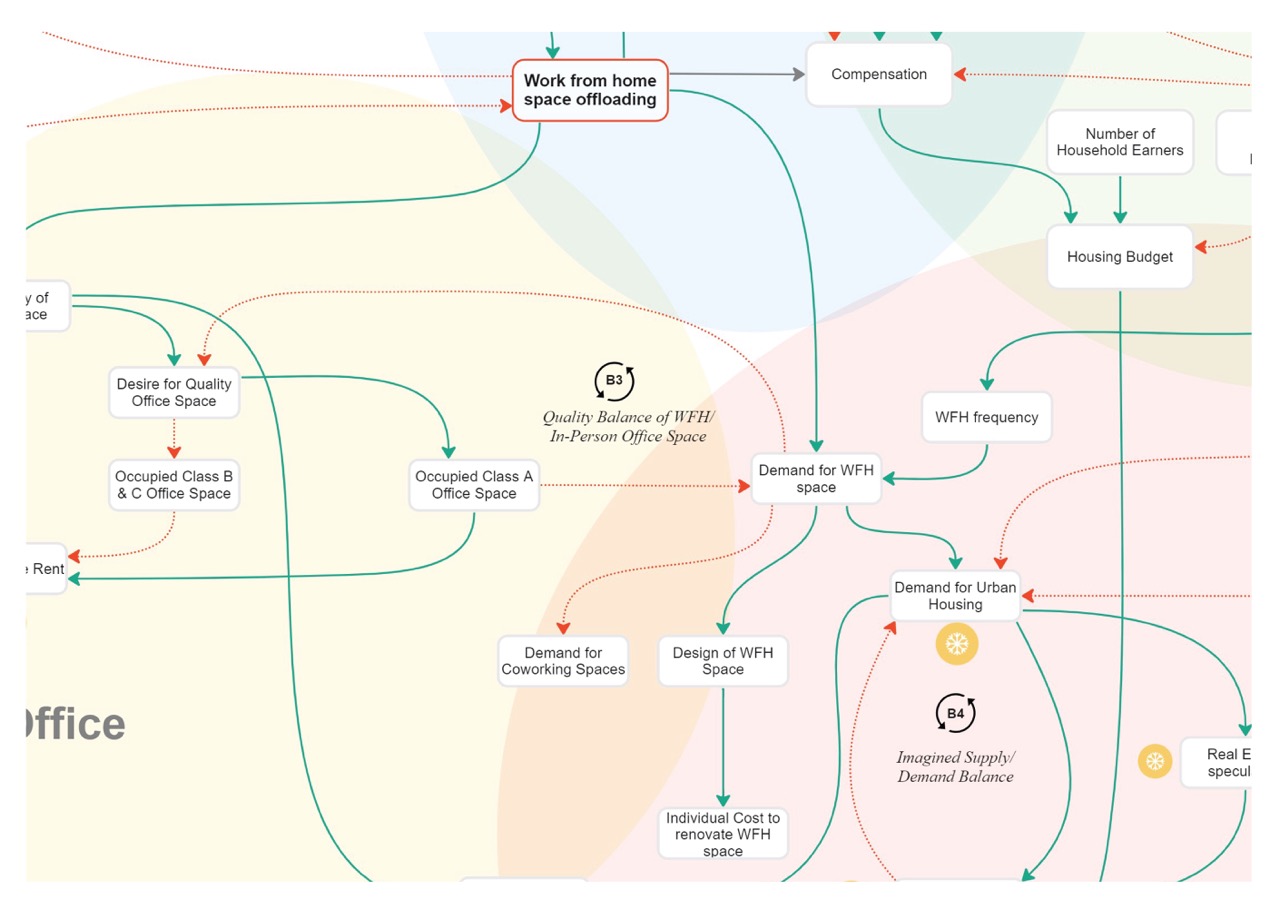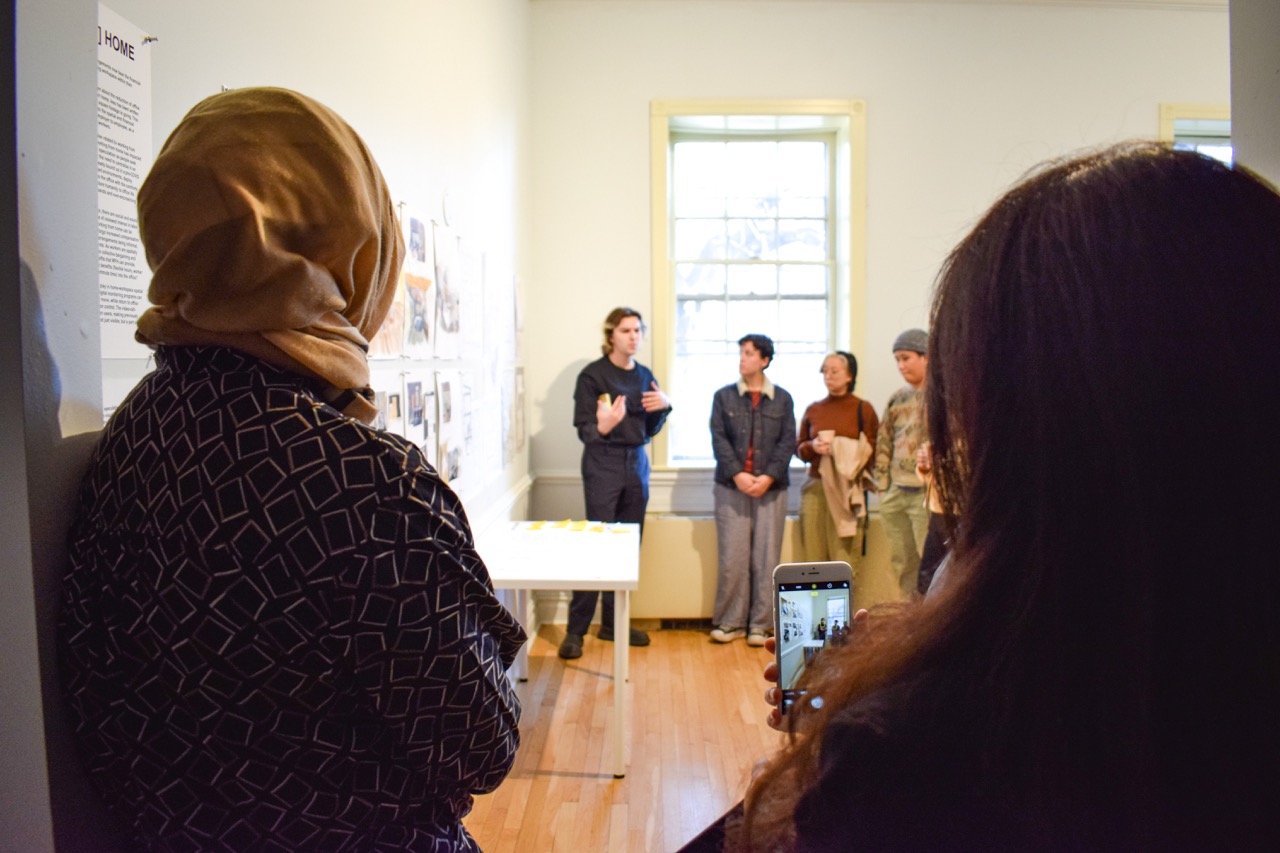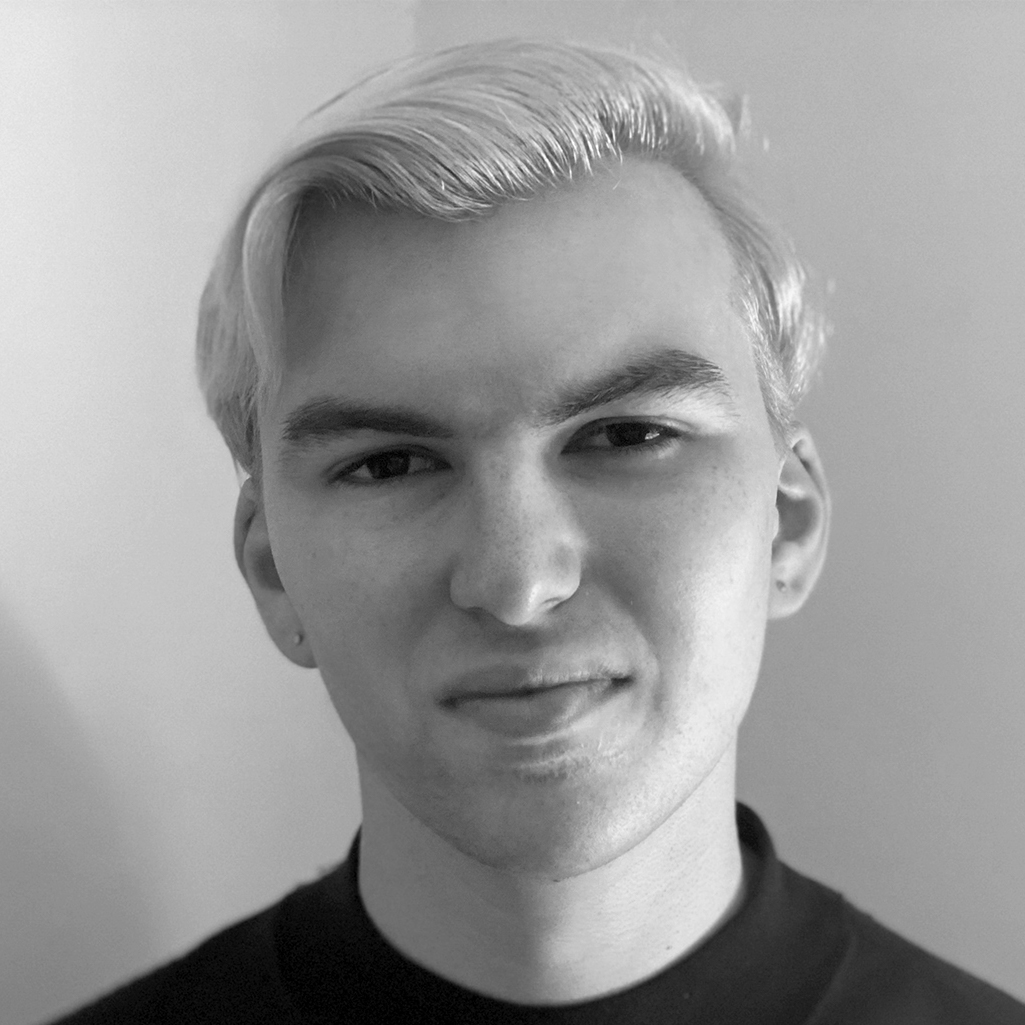Work [in] Home
Corey Arena
2023 Fall Residency
















Employees in work-from-home arrangements now bear the financial and spatial burden of accommodating workspace within their homes. Previously, office space was typically provided, and paid for, by employers. This is a new example of neoliberal labor practices where employees are made responsible for their working conditions, with minimized risk and cost to the employer: the worker becomes the Uber driver of their own office space.
While many workers perceive WFH as a benefit, it can be deployed at the individual level to placate workers from negotiating as a collective for other benefits or compensation, while at the same time, being alone may reduce collective attitudes about work in general.
As WFH exacerbates the obligation for workers to finance their own work environment, there is a need to articulate and visualize this new burden. Informed by research on existing media about WFH, including multi-year university researched employee surveys, essays on early-pandemic concerns about digital surveillance, and changing employer attitudes on WFH, Work [in] Home deploys collages, speculative drawings, and interactive generative exercises to visualize exaggerated forms of existing conditions in contemporary in-home workspaces, bringing awareness to this pervasive, intrusive, and under-discussed phenomenon.
While many workers perceive WFH as a benefit, it can be deployed at the individual level to placate workers from negotiating as a collective for other benefits or compensation, while at the same time, being alone may reduce collective attitudes about work in general.
As WFH exacerbates the obligation for workers to finance their own work environment, there is a need to articulate and visualize this new burden. Informed by research on existing media about WFH, including multi-year university researched employee surveys, essays on early-pandemic concerns about digital surveillance, and changing employer attitudes on WFH, Work [in] Home deploys collages, speculative drawings, and interactive generative exercises to visualize exaggerated forms of existing conditions in contemporary in-home workspaces, bringing awareness to this pervasive, intrusive, and under-discussed phenomenon.




